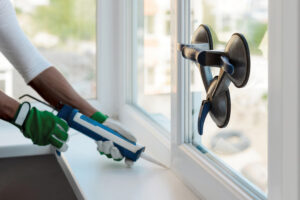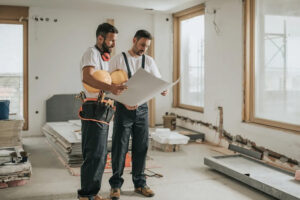Air Conditioning’s Airflow: Its Function and Significance

Image Source: www.baylorinc.com
Your air conditioning circulation of cool airflow plays a critical role in your home’s comfort. However, many homeowners do not regard air conditioning and airflow as an important factor in maintaining even temperatures across different rooms within the home. Improved energy efficiency, elimination of hot or cold spots, and even extending the life of your HVAC system can all be achieved through redirecting your air conditioning and airflow. The balancing act between air conditioning, proper airflow, and comfort indoors is best achieved by understanding the relationship between them.
When speaking about air conditioning airflow issues, it is not solely about air spilling out from vents to other parts of the house but also how that air travels within the area. Inadequate ventilation can result in poor indoor climate conditions such as low IPC leading to strained systems and uneven cooling results along with increased utility bills.
Signs That You Need Airflow Redirected
If there are certain rooms that have been experienced hot or warm for extended periods without any change regardless of whether outside, then some form of how to redirect your air conditioning’s airflow needs to be made to use case flow direction inside these said rooms. Other signs include airflow and air conditioning Pressure coming out from some vents coupled with strange duct noises or dust builds up around registers being observed vividly.Improving Air Flow through Your Air Conditioning
You don’t need to fully replace your HVAC unit to improve airflow for air conditioning in your home. There are practical things you can do to work smarter within the existing framework.
According to Irish heating and air, check your vent air ducts first. Ensure that no furniture or curtains is blocking those areas and that they are unblocked. Some vents have flaps that let you control which direction air flows, use these to direct airflow towards the middle of the room rather than up or down. If a particular room feels too cold, partially closing the vents for that specific room will increase air flow into warmer rooms. Do not close them completely, though as this will lead to a buildup of pressure in ducts, increasing the risk of leaking or damaging system components.
Vents are only able to distribute cool air; however, rotational floor and ceiling fans can redistribute cool air throughout your house and improve temperature regulation; maintaining lower temps on thermostats while making rooms feel cooler. Ceiling fans rotating counter clockwise works best in the summer as they force cooler air downward enabling better circulation pushing hot old air upwards.





